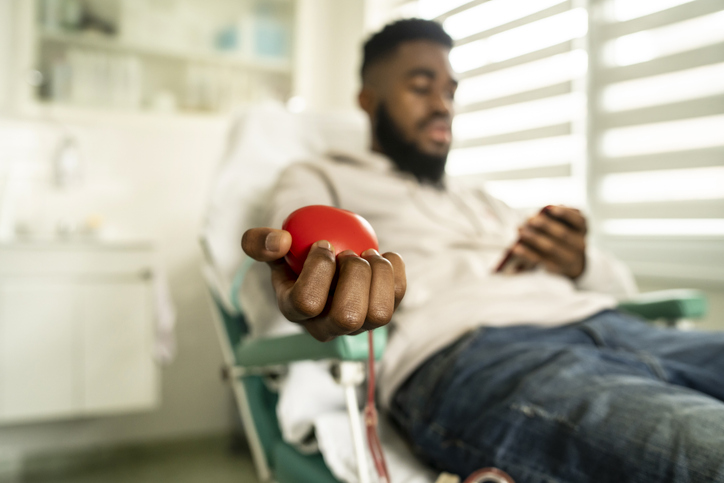Donating Blood? What You Need to Know
January 19, 2025
Donating blood is a simple yet powerful way to make a life-saving impact. Every day, millions of people worldwide rely on blood donations to recover from surgeries, manage chronic illnesses, and survive traumatic injuries. Yet, despite its critical importance, many are unsure about the process, eligibility, or how their contribution helps.
Here, Alison Paglin, Laboratory Manager at Riverside Medical Center, explains why this act of kindness is so vital. Whether you're a first-time donor or a seasoned giver, understanding the essentials can empower you to make a difference in your community and beyond.
What Is the Blood Used For?
The lab at Riverside encompasses multiple departments, including microbiology, chemistry, hematology, and transfusion medicine (the blood bank). Equipped with state-of-the-art technology, the lab stays up-to-date to ensure high-quality results for patients. It also prioritizes keeping testing local, performing as much as possible in-house rather than outsourcing.
Per Paglin, cancer patients and trauma cases are the top recipients of blood donations, with cancer patients requiring support during chemotherapy, including packed cells, fresh frozen plasma, and platelets. Trauma cases often involve an urgent need for blood, while surgical procedures, such as heart surgeries, can also create significant demand for blood supplies.
There are ebbs and flows in blood donation, which can lead to shortages. “Summertime is a difficult time, as well as around the holidays. Winter in general, actually, just because people get sick and they're not able to donate when they planned to,” states Paglin.
Understanding the Blood Donation Process
At blood drives, donors can give whole blood or opt for a “Power Red” donation, where a machine collects two units of red blood cells and returns the plasma, allowing for a greater red cell contribution in one session. To donate platelets, however, donors must visit a specialized donation center.
Usually, type O is more needed; O-negative especially because it is rare. “With O being a universal blood type, anybody can receive O. Like with trauma patients, sometimes we don't know the blood type immediately so we give O blood to those patients. It's also the most prevalent blood type,” notes Paglin. “But, depending on time of year and who donates, it could be the bank is short of type A or B.”
Donating blood requires about an hour, including signing up and completing the process. On the day of donation, ensure you're well-hydrated and have eaten beforehand. The process includes a brief medical screening with checks for blood pressure, temperature, and hemoglobin via a quick finger stick, which is now less painful than in the past. Also, Paglin says to be prepared to answer questions to make sure the blood collected is safe and can be used.
“If you have never donated, it's a very rewarding process,” she shares. “Every unit that's donated can save up to three lives.”